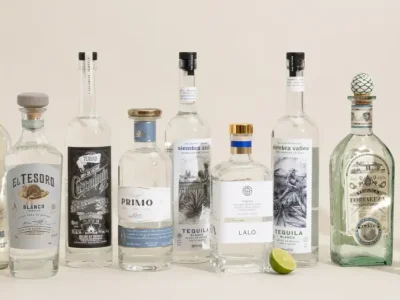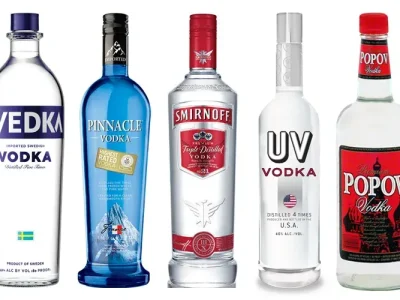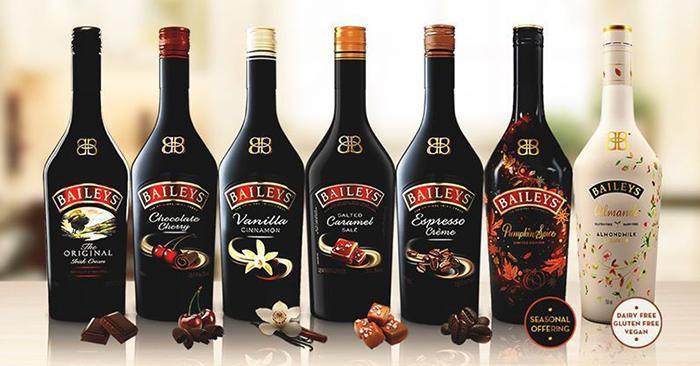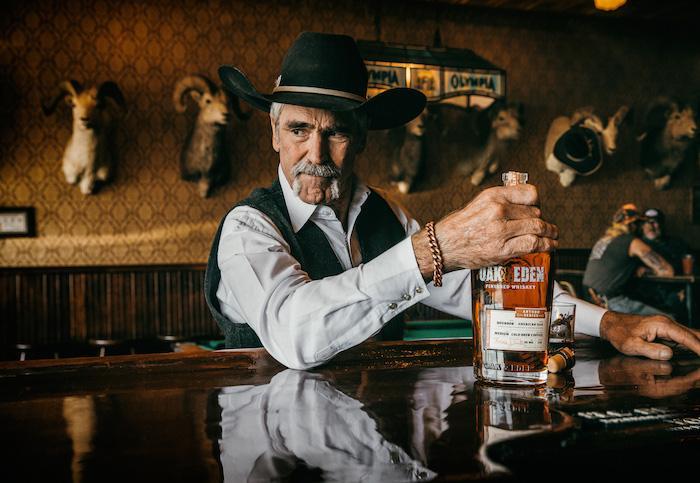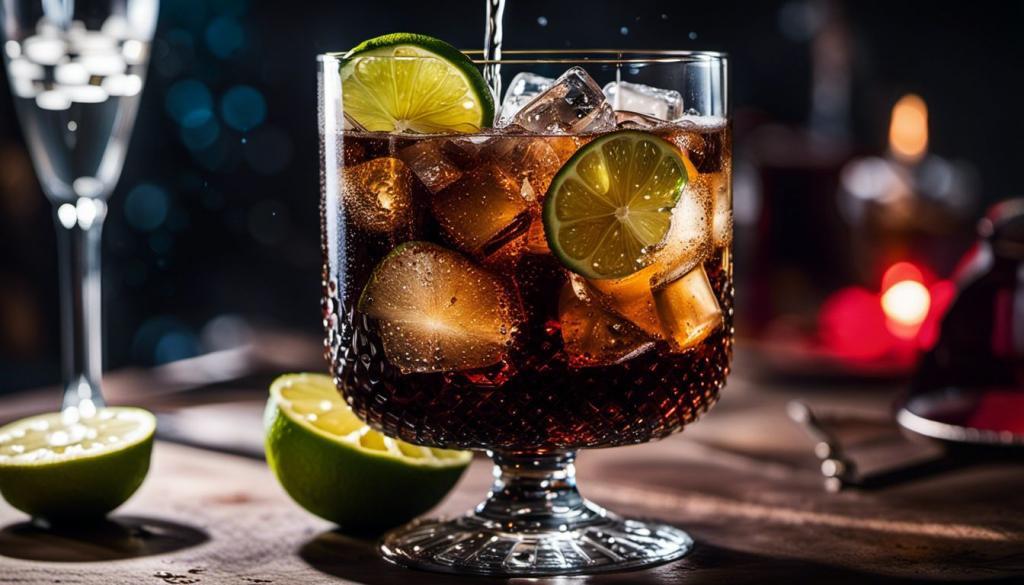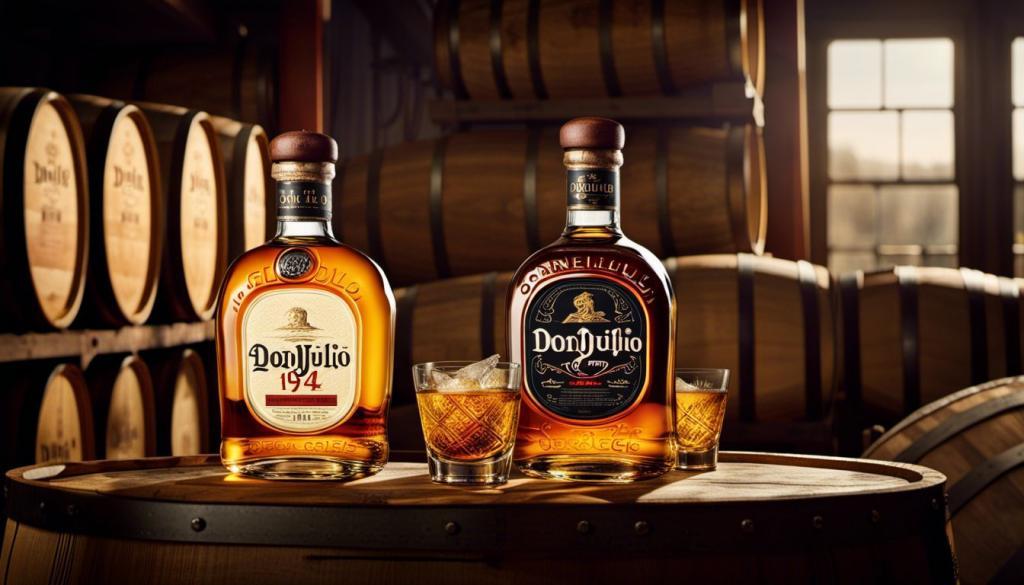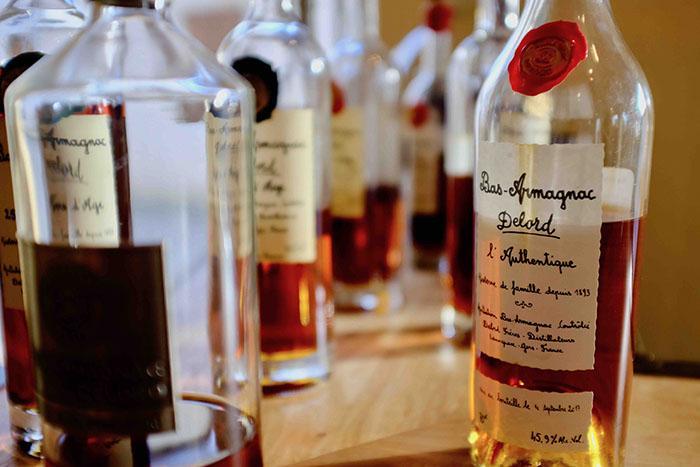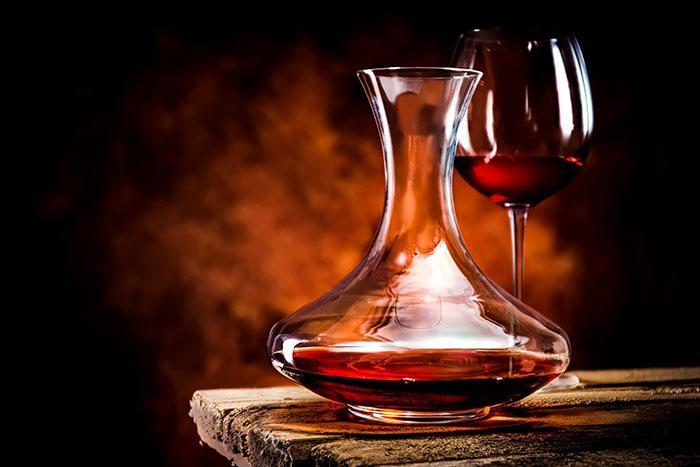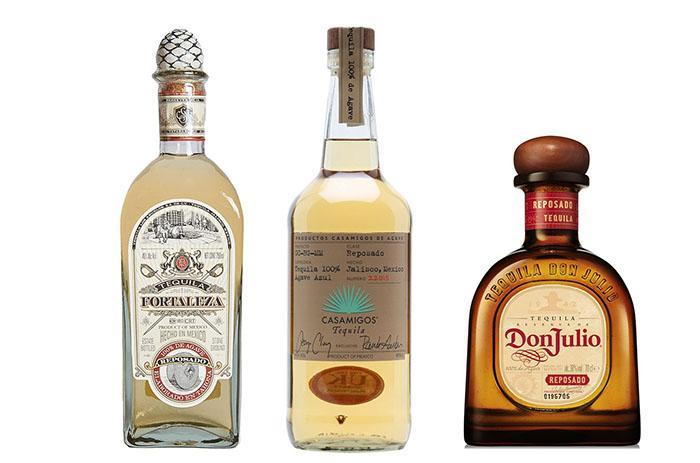Looking to explore the vibrant world of Korean alcohol?
While Soju may be Korea’s most famous alcoholic drink, there’s much more to discover in this nation’s rich liquor landscape.
You Are Watching: Popular Korean Liquor Updated 11/2025
This article will journey you through an array of popular Korean liquors – from their unique production methods, distinct flavors, to pairing etiquette and traditions.
Ready for a flavorful adventure? Let’s dive in!
Types of Popular Korean Liquor
Soju
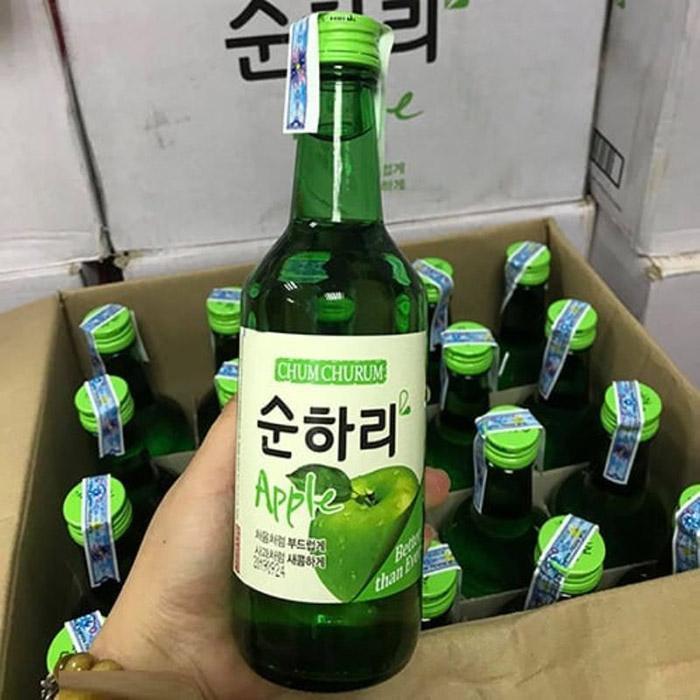
The limelight of Korean alcoholic beverages indisputably falls on Soju. This low-alcohol distilled spirit holds a prominent place in the landscape of popular Korean liquor, boasting an alcohol content that ranges from 20-24%.
Much like vodka, its production involves distillation, but it’s Soju’s unique cultural significance that truly sets it apart.
Widely enjoyed not just in Korea but also neighboring countries such as Japan and China, this drink is synonymous with social gatherings and festive celebrations.
With global popularity spiking after the 2018 Winter Olympics held in PyeongChang, there’s no denying that Soju has firmly rooted itself into both local and international drinking cultures.
Whether you’re tasting its crisp flavors for the first time or are already a fan, savoring Soju promises an enlightening dive into South Korea’s rich alcohol traditions.
Makgeolli
Makgeolli is a popular traditional Korean rice wine that has been enjoyed for centuries. It has a unique and slightly sweet taste that sets it apart from other alcoholic beverages.
With an alcohol content of around six to seven percent, Makgeolli is milder compared to stronger liquors like soju.
Made through fermentation, this milky-white beverage uses rice as its main ingredient, giving it a smooth and creamy texture. Often served in traditional bowls or jars, Makgeolli is best enjoyed chilled, especially on hot summer days.
Whether you’re pairing it with Korean pancakes (jeon) or spicy grilled chicken (dakgalbi), Makgeolli adds a refreshing touch to any meal or social gathering.
So next time you want to explore the diverse world of Korean liquor beyond soju, give Makgeolli a try and savor the flavors of tradition in every sip.
Bokbunja
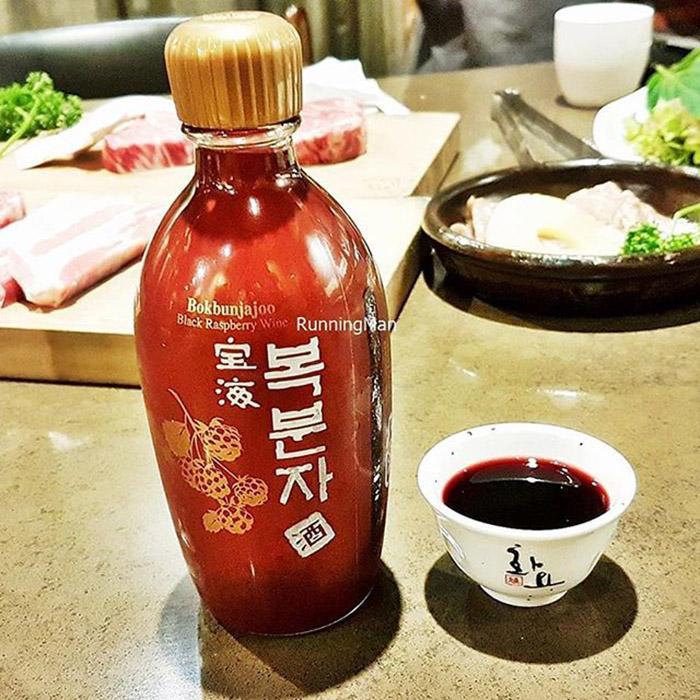
Bokbunja is a popular Korean liquor known for its unique flavor and health benefits. Made from black raspberries, this fruity alcoholic beverage has a sweet and slightly tart taste that appeals to many drinkers.
Bokbunja is often enjoyed as a dessert wine due to its rich, berry-like aroma and smooth finish.
With an alcohol content of around 14 percent, it offers a milder option compared to other Korean liquors like soju.
Beyond its delicious taste, Bokbunja is also praised for its potential health benefits such as improving blood circulation and aiding digestion.
Whether you’re exploring Korean drinks or looking for something different, Bokbunja is definitely worth trying out.
Cheongju
Cheongju is another popular type of Korean liquor that has gained recognition both locally and internationally. It is a clear rice wine with a smooth and slightly sweet taste, making it enjoyable to drink on its own or mixed in cocktails.
Cheongju is made through a traditional fermentation process using nuruk, a unique type of Korean yeast culture, which gives the drink its distinct flavor profile.
With an alcohol content ranging from 16-20 percent ABV, Cheongju offers a lighter option compared to other Korean liquors like soju.
Whether sipped during social gatherings or paired with delicious Korean cuisine, Cheongju provides a delightful experience for those who appreciate the rich heritage and diverse flavors of traditional Korean alcohol.
Baekseju
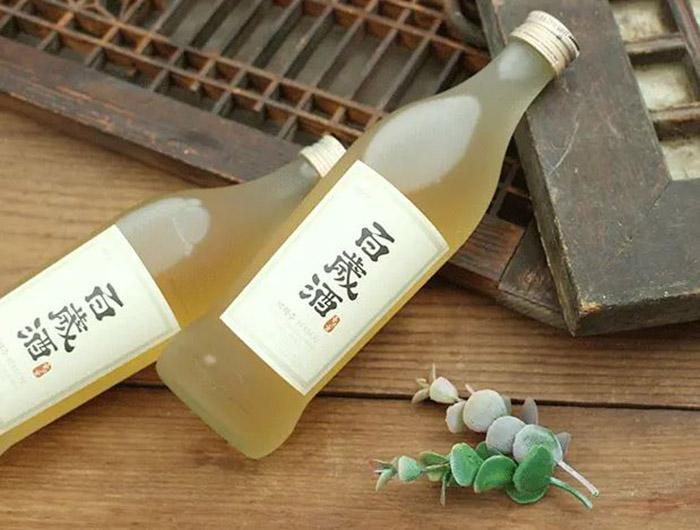
Baekseju is a popular Korean liquor that has been enjoyed for centuries. This traditional alcoholic beverage is made from a blend of herbs, roots, and grains, resulting in a unique and flavorful drink.
Read More : What Does Baileys Taste Like Updated 11/2025
Baekseju is known for its smooth taste and subtle sweetness, making it a favorite choice among those who prefer milder flavors.
With an alcohol content ranging from 13 to 16 percent ABV, Baekseju offers a pleasant drinking experience without being too overpowering.
Whether you’re looking to explore the diverse world of Korean liquor or simply want to try something new and exciting, Baekseju is definitely worth a shot!
Characteristics and Flavors of Korean Liquor

Traditional production methods
Traditional production methods play a crucial role in the creation of popular Korean liquors. These methods have been passed down through generations, ensuring that the beverages maintain their unique flavors and characteristics.
One example is the traditional fermentation process used to make Makgeolli, a beloved rice wine in Korea.
The rice is soaked, steamed, and mixed with nuruk (a fermentation starter) before being left to ferment in earthenware pots for several days or even weeks.
This slow and natural fermentation allows for the development of complex flavors and textures that are synonymous with this traditional drink.
Similarly, Soju, another iconic Korean liquor, undergoes multiple distillations using ingredients like rice or sweet potatoes to produce a smooth and clean taste profile.
Unique ingredients
Korean liquor stands out for its unique ingredients that give it distinct flavors and aromas. Traditional production methods involve using ingredients like rice, barley, or wheat, which are fermented and distilled to create a smooth and mellow taste.
Additionally, some types of Korean liquor incorporate special ingredients such as fruits, herbs, or roots to enhance their flavors.
For example, bokbunja is made from black raspberries while cheongju features rice wine that is filtered through bamboo charcoal.
These fascinating combinations of ingredients result in a wide range of sweet, fruity, or savory flavors that make Korean liquor truly exceptional.
Sweet, fruity, or savory flavors
Korean liquor offers a delightful range of flavors, from sweet and fruity to savory. These distinct characteristics come from traditional production methods and unique ingredients used in the making of Korean alcoholic beverages.
For example, soju, the most famous Korean liquor, has a smooth taste with hints of sweetness and a clean finish.
Makgeolli, a popular rice wine, is known for its slightly tangy flavor with notes of fruitiness.
Bokbunja, made from black raspberries, boasts a rich and jammy taste that is both sweet and tart. Cheongju, a clear rice wine similar to sake, has a light and refreshing profile.
Lastly, Baekseju stands out with its herbal blend of flavors that range from earthy to subtly spiced.
The wide variety of flavors found in Korean drinks ensures there’s something for everyone’s palate to enjoy.
Popular Korean Liquor Brands
Jinro Soju
Jinro Soju is the most popular and widely consumed Korean liquor, known for its smooth taste and versatility. It is a clear distilled beverage with an alcohol content of around 20-24 percent ABV.
Jinro Soju is often compared to vodka due to its distillation process, but it has a distinct flavor profile that sets it apart.
Made from rice, barley, sweet potatoes, or wheat, this traditional Korean drink offers a clean and crisp taste that appeals to many.
Jinro Soju’s popularity skyrocketed during the 2018 Winter Olympics in PyeongChang when it gained international recognition as an iconic Korean spirit.
Whether enjoyed neat, mixed into cocktails, or paired with delicious Korean cuisine like barbecue or spicy dishes, Jinro Soju captures the essence of Korean drinking culture and remains a beloved choice for those seeking authentic experiences with Korean alcohol.
Makkoli Dongdongju
Makkoli Dongdongju is a popular Korean rice wine that has been enjoyed for centuries. With its low alcohol content of six to seven percent, it is a favorite choice among those who prefer a lighter drink.
This traditional beverage is made from fermented rice and has a slightly sweet and tangy taste that appeals to many palates.
Makkoli Dongdongju is often described as creamy and smooth, with hints of tropical fruit flavors like banana and pineapple.
It is best served chilled, making it the perfect refreshing drink for warm summer days or lively social gatherings.
Read More : What Is Disaronno Updated 11/2025
Whether you’re new to Korean liquor or a seasoned enthusiast, Makkoli Dongdongju offers a unique and delightful drinking experience that shouldn’t be missed.
Chateul
Chateul is a popular Korean liquor that has been enjoyed by locals and visitors alike. It is known for its smooth taste and rich flavor profile, making it a favorite among those who appreciate high-quality alcoholic beverages.
Chateul is made using traditional production methods, ensuring that every bottle maintains its authentic character. With its distinct blend of unique ingredients, this Korean alcohol stands out from the crowd.
Whether you prefer sweet, fruity, or savory flavors, Chateul has something to offer for every palate.
Its popularity continues to grow both locally and internationally as more people discover the remarkable taste of this beloved Korean liquor.
Baesangmyun Brewery
Baesangmyun Brewery is a well-known name in the world of Korean liquor. It has been crafting traditional alcoholic beverages for over 60 years, maintaining the rich heritage and authentic flavors that make Korean drinks so special.
Baesangmyun Brewery takes pride in using time-tested production methods to create their top-quality liquors.
One of their standout offerings is Cheongju, a clear rice wine with a distinct taste and smooth texture. Made from meticulously selected ingredients and fermented at low temperatures, Cheongju embodies the essence of traditional Korean alcohol.
Its delicate flavor profile and clean finish have made it a favorite among both locals and international drinkers.
Another popular drink from Baesangmyun Brewery is Bokbunja, which is crafted from wild raspberries native to Korea.
This fruity liqueur boasts a sweet yet tangy taste that perfectly balances richness with freshness.
The vibrant red color adds an appealing aesthetic touch to any drinking experience.
Soolsool Meju
Soolsool Meju is a traditional Korean liquor that holds its own unique place in the world of alcoholic beverages. Made from fermented soybeans, this specialty drink offers a rich and robust flavor that sets it apart from other Korean liquors.
Soolsool Meju has an alcohol content ranging from 16-20 percent ABV, making it a milder option for those looking to enjoy their drinks without going overboard. Its smooth and slightly nutty taste pairs well with various traditional Korean dishes, making it a popular choice among locals and tourists alike.
So if you’re looking to explore the diverse world of Korean liquor, don’t forget to add Soolsool Meju to your list!
Enjoying Korean Liquor
Korean drinking culture
Korean drinking culture is an integral part of social life in Korea. From after-work outings to celebratory gatherings, alcohol plays a central role in bringing people together and forging strong bonds.
Traditional Korean liquor, such as soju and makgeolli, are the beverages of choice during these occasions. Soju, often referred to as the national drink of Korea, is a clear distilled spirit that has a mild taste and is typically enjoyed with friends over barbecued meat or fried chicken.
Makgeolli, on the other hand, is a traditional rice wine known for its milky appearance and slightly sweet flavor. It’s often served in communal bowls with savory side dishes like kimchi or pajeon (savory pancakes).
Whether it’s raising glasses during “gunbae” (cheers) or sharing laughter late into the night at “hof” (Korean-style pubs), Korean drinking culture embodies camaraderie and enjoyment.
In Korean drinking culture, there are certain etiquettes and traditions that have been passed down through generations.
One common practice is using both hands when receiving or pouring drinks as a sign of respect towards elders or higher-ranking individuals.
When someone older offers you a drink, it’s customary to turn your head away slightly while receiving it to show modesty.
Additionally, Koreans believe in never letting one’s glass remain empty – if someone notices your glass getting low on alcohol, they will most likely refill it without hesitation as a gesture of generosity and care.
Food pairings
Korean liquor is best enjoyed with the right food pairings, enhancing the overall drinking experience. Here are some popular Korean dishes that complement the unique flavors of Korean liquor:
- Samgyeopsal (Grilled Pork Belly) – The rich and fatty nature of samgyeopsal pairs well with the smoothness of soju or the slightly tangy taste of makgeolli.
- Kimchi – This spicy fermented cabbage side dish is a staple in Korean cuisine and offers a great contrast to the clean and crisp flavors of soju.
- Jokbal (Braised Pig’s Feet) – The savory and tender jokbal goes perfectly with a glass of makgeolli, enriching its earthy and rice-like taste.
- Pajeon (Green Onion Pancake) – Pajeon’s crispy texture and savory flavor provides a delightful accompaniment to Korean alcoholic beverages, especially when served hot off the pan.
- Dakgangjeong (Sweet and Spicy Fried Chicken) – The sweet and spicy glaze on this popular Korean fried chicken dish complements the smoothness of soju or adds depth to the fruity notes found in bokbunja.
Etiquette and traditions
- Koreans have a strong drinking culture that is deeply rooted in their society.
- Drinking often takes place in social settings, such as restaurants or bars, where friends and family gather to enjoy each other’s company.
- It is customary to pour drinks for others rather than oneself, to show respect and camaraderie.
- When pouring drinks, it is polite to hold the bottle or cup with both hands as a sign of respect.
- Before taking a sip, it is common to say “gunbae,” which means “cheers” in Korean.
- In Korean drinking culture, it is important to never pour your own drink but instead allow others to fill your glass. This gesture signifies mutual care and friendship.
- If someone older or more senior offers you a drink, it is considered polite to accept it graciously.
- When receiving a drink from someone else, it is customary to hold the glass with both hands out of respect.
- An empty glass should always be promptly refilled by others at the table. It is seen as impolite to let your glass remain empty.
- In Korean custom, the eldest person at the table typically begins the first round of drinking or proposes a toast for special occasions.
Conclusion
In conclusion, Korean liquor offers a wide range of flavors and varieties that are enjoyed by people around the world.
From the iconic soju to traditional rice wines like makgeolli, these alcoholic beverages have become an integral part of Korean drinking culture.
Whether you’re a fan of sweet, fruity, or savory flavors, there’s a popular Korean liquor out there for everyone to savor and enjoy.
So raise your glass and toast to the rich heritage and taste of Korean alcohol!
Sources: https://chesbrewco.com
Category: Wine

